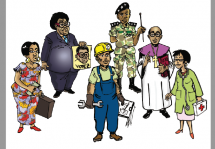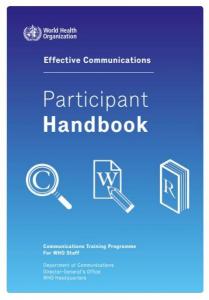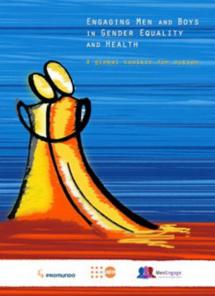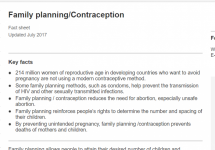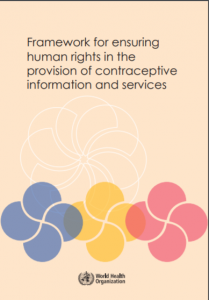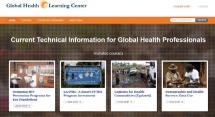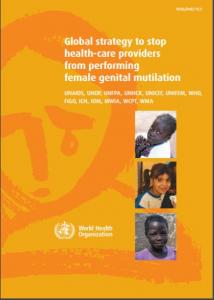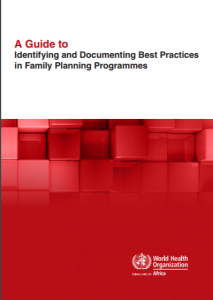Tostan Community Empowerment Program
Tostan. an African-based organization working directly with rural communities leading their own development, utilizes the “Community Empowerment Program (CEP) ” to effect change in these communities. The program uses a nonformal, human rights-based approach to education wherein it aims to empower communities with the knowledge and tools that will enable them to develop their own futures.
At the beginning of the Community Empowerment Program, which operates in Guinea, Guinea-Bissau, Mali, Mauritania, Senegal, and The Gambia, communities create 17-member democratically-selected Community Management Committees (CMCs) trained in project management and social mobilization skills by Tostan. These committees lead future development initiatives and continue to lead development projects that are relevant to their community needs, long after the community has completed the Tostan program.
In addition, CEP participants share their knowledge of human rights and responsibilities learned in class sessions to all interconnected groups and their social networks.
This program works to effect change in the areas of FGM/C and child forced marriage.
In the FGM sessions participants learn:about
- Their right to health and their right to be free from all forms of violence
- Responsibilities they share to protect these rights in their communit
- The potential, immediate, and long-term harmful consequences of the practice and discuss ways to prevent these health problems in the future
In this way, that knowledge becomes the catalyst for positive change on a community, regional and national level.
Source: Tostan
Date of Publication: March 25, 2019
SIMILIAR RESOURCES
Tools
Examples
- Community Communication MNCH e-Manual: Participatory Health Promotion Sessions
- FGM Infographics
- COVID-19 Pandemic Putting Girls at High Risk of FGM in Kenya
- WHO Guidelines on the Management of Health Complications from Female Genital Mutilation
- Fact Sheet on FGM
- Health Risks of FGM
- Responding to Female Genital Mutilation: A Guide for Key Professionals
- Female Genital Mutilation and Behaviour Change
- Toolkit for Engaging Midwives in the Global Campaign to End FGM
- The Girl Generation: Do No Harm Guidance Note
- Tracing Change in Female Genital Mutilation/Cutting through Social Networks: An Intersectional Analysis of the Influence of Gender, Generation, Status, and Structural Inequality
- National Plan of Action for the Elimination of Female Genital Mutilation in Kenya 1999–2019
- Radio Programs on FGM - Ethiopia
- Saleema Initiative
- Building Gender Sensitive Resilience through Women's Economic Empowerment Lessons Learned from Pastoralist Women in Ethiopia


